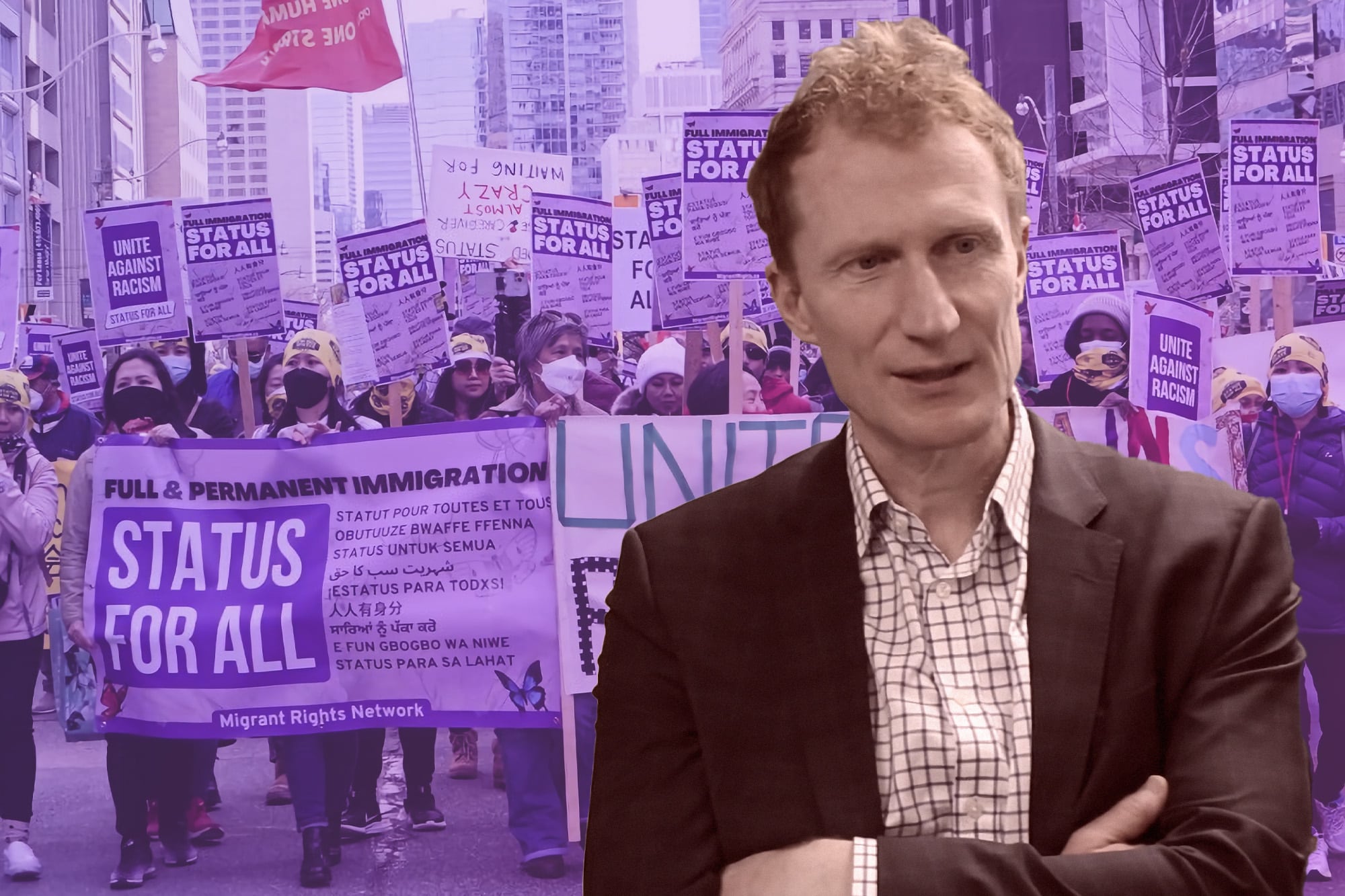Canada Sees Record Deportations as Government Cracks Down on Immigration
Canada recorded its highest number of deportations in nearly a decade in 2024, with removals increasing by 8.4% compared to the previous year, according to new data from the Canada Border Services Agency (CBSA). The vast majority of those deported were failed refugee claimants, highlighting the federal government’s tougher stance on immigration enforcement amid a rising backlog of asylum applications and growing concerns over housing shortages and economic pressures.
By November 19, 2024, Canada had deported 7,300 people, a 95% increase over 2022, making it the highest level of removals since 2015, when Prime Minister Justin Trudeau’s Liberal government first came to power.
According to CBSA, the surge in deportations is directly linked to a “significant increase” in asylum applications over the past four years. Canada has been experiencing record-breaking numbers of refugee claims, with 278,457 pending cases as of last month—the highest backlog in decades.
A CBSA spokesperson explained that removals of failed asylum seekers have been steadily rising since the COVID-19 pandemic, emphasizing that enforcing deportation orders is critical to maintaining the integrity of Canada’s asylum system.
“The number of removals of those who received a negative asylum determination has increased each year since emerging from the pandemic,” said CBSA spokesperson Luke Reimer in an emailed statement. “These efforts are essential in maintaining the integrity of Canada’s asylum system.”
The 7,300 deportations recorded in 2024 were primarily composed of:
- 79% failed refugee claimants whose asylum applications were rejected
- 11% individuals who violated the conditions of their stay, such as overstaying a visa
- 7% individuals removed due to criminal activity in Canada or abroad
Critics argue that many of these deportations target individuals before they have exhausted all legal options, potentially putting them in dangerous situations upon return to their home countries.
Aisling Bondy, president of the Canadian Association of Refugee Lawyers, warned that the increase in deportations could mean that some individuals are being removed while still in the process of appealing their risk assessments.
“They could be removed even if there is significant error in the risk determination,” Bondy said, expressing concerns that deportees could face persecution, violence, or human rights violations in their countries of origin.
However, CBSA maintains that no deportations occur unless all legal avenues for appeal have been exhausted.
In a move that signals even stricter immigration enforcement in the coming years, the federal government has allocated $30.5 million over the next three years to accelerate removals.
Canada’s removal budget has steadily increased, with CBSA spending $65.8 million on deportations in 2023-24, up from $56 million the previous year. Additionally, $1.3 billion has been pledged toward border security, part of a broader effort to appease U.S. President Donald Trump, who has threatened sweeping tariffs on Canadian imports.
This trend aligns with the government’s new immigration strategy, which includes reducing the number of temporary and permanent immigrants, with a plan that sees over 1.2 million temporary residents—including workers and students—leaving Canada in 2025, and another 1.1 million departing in 2026.
Immigration Minister Marc Miller has stated that individuals who do not voluntarily leave will face deportation after due process.
“It is people’s choice not to leave, and if they don’t, they face the consequences—including, after due process, deportation,” Miller told Reuters last year.
Some legal experts and human rights advocates argue that the sharp rise in removals is politically motivated, designed to demonstrate stricter border enforcement ahead of upcoming elections.
Audrey Macklin, a University of Toronto law professor and Human Rights Chair, suggested that the government’s emphasis on deporting failed refugee claimants is a strategic move to appear tough on migration.
“You can decide that you want to make a show of how many people you are deporting to prove you are effectively policing the border,” Macklin said. “Then you go after people who are easier to find and remove, and those are often refugee claimants.”
The growing number of deportations also raises concerns about its deterrent effect on would-be asylum seekers. Some advocates fear that stricter deportation policies could discourage legitimate refugee claimants from seeking protection in Canada.
With immigration numbers being scaled back and new funding allocated to removals, Canada is expected to deport even more individuals in the coming years.
As Canada continues to tighten immigration controls, the debate over border security, asylum rights, and deportation policies is likely to remain a hot-button political issue.

